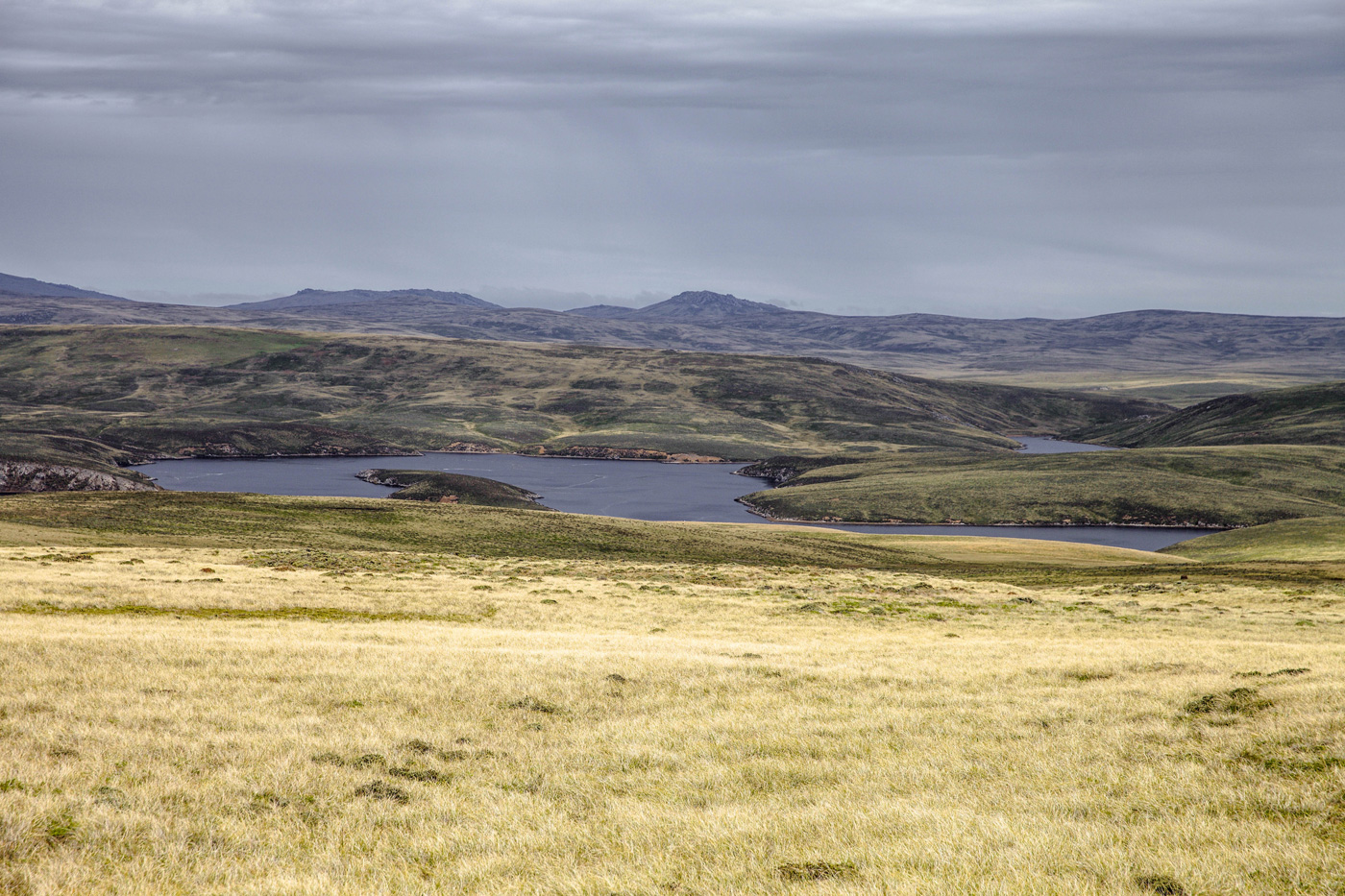John brought us cross-country in his nonchalant way, through fence and paddock, over hill and dale, through heights and valleys, across heathland and bogs to a point of the Port San Carlos Bay, which was a genuine eye-opener. He just smiled as we pampered city dwellers became a little pale around the nose during this adventurous cross-country trip. For a true Camp resident, this was but an afternoon walk. He took us to a place where you could see an old ruin. Such man-made stones, piled up a long time ago are nothing unusual in other countries, but in the sparsely populated Camp of the Falklands it appeared almost exotic.
The place and the ruin were the former domicile of the Blackley couple, who lived here at the end of the 19th century.
Thanks to the German photographer Gustav Schulz, who lived on the Falkland Islands for one year in 1887, their life was captured in valuable images. Mr. Blackley earned his living as a shepherd and gaucho in the service of a large landowner. The couple adopted two girls at a young age who were considered local beauties – much to the dismay of the regional horse owners, because the young boys often stole their horses at night to visit the girls. But the family was so popular that the future widow Blackley received tobacco for her pipe for free from local traders until the end of her life.













